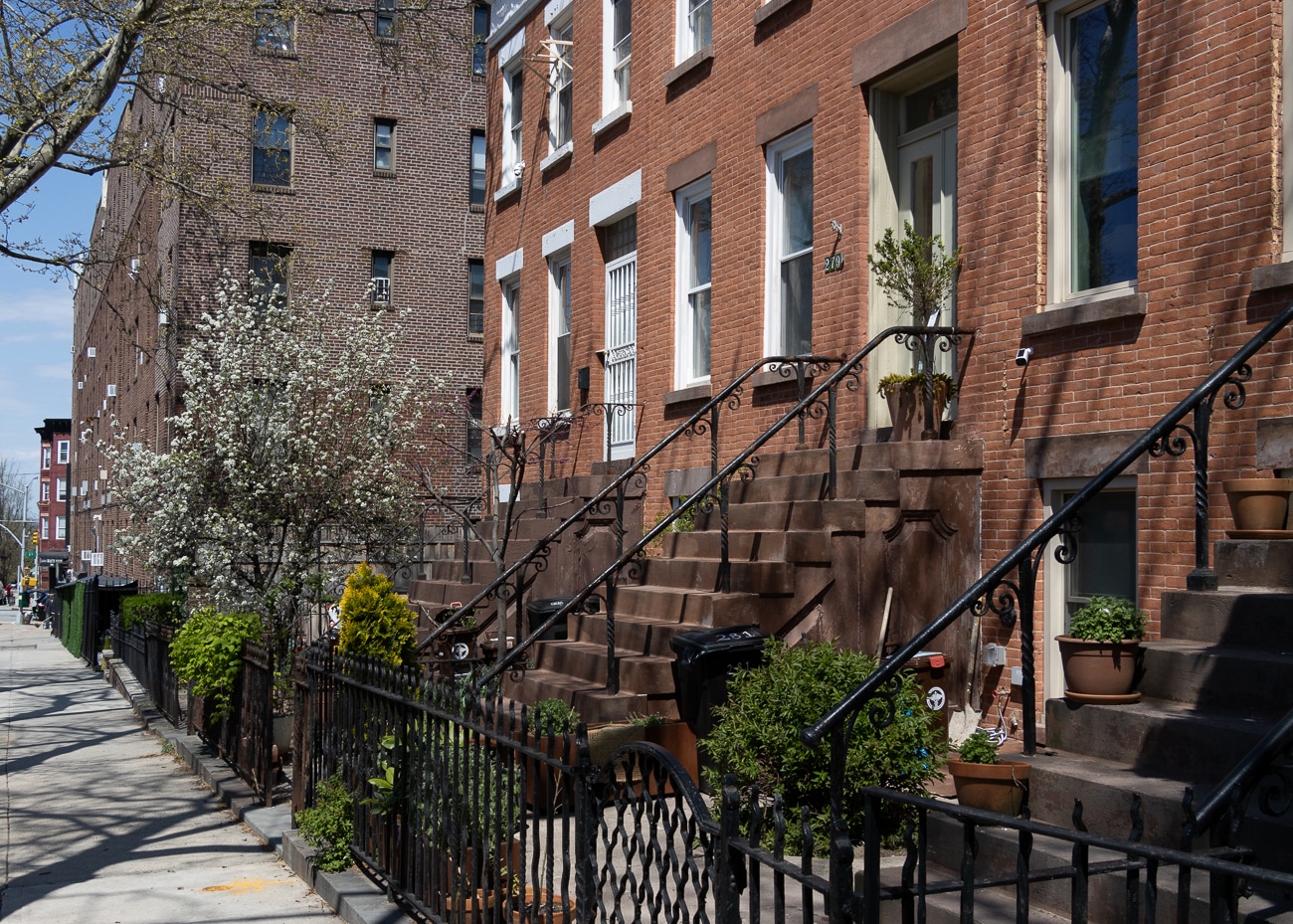Brooklyn Then and Now
The image of the new Brooklyn has, “with remarkable speed,” almost entirely displaced the image of the old Brooklyn, wrote New York Times movie critic A.O. Scott apropos of Spike Lee’s now notorious rant against gentrification at a Black History Month event in February. In movies, television, books and real life, the old Brooklyn was…

The image of the new Brooklyn has, “with remarkable speed,” almost entirely displaced the image of the old Brooklyn, wrote New York Times movie critic A.O. Scott apropos of Spike Lee’s now notorious rant against gentrification at a Black History Month event in February. In movies, television, books and real life, the old Brooklyn was a melting pot of ethnic communities from which the ambitious fled. The new Brooklyn shares much with Portlandia, said the story.
The tension built into the “Brooklyn” brand is that it’s both a local, artisanal, communal protest against the homogenizing forces of corporate culture and a new way of being bourgeois, and as such participating in the destruction of non-middle-class social space. Its rebellious energies are focused largely on restaurants, retail and real estate.
The story ends by saying the old Brooklyn is not quite gone, and the artists and writers who live in the borough now must write (or make art) about the two Brooklyns.
The Brooklyn of that time, as recalled by Mr. Lethem and Mr. Lee, is a place where a painter and a writer — or a schoolteacher and a musician — could raise their children in relative comfort. It was also a place where such families lived in close, sometimes uncomfortable proximity to people in very different circumstances, where class and race could not be wished away. That Brooklyn still exists and cannot entirely be bought out, built over or exiled to the kingdom of memory. It will be the task of the artists and writers who live there now, native and otherwise, to discover it.
Do you agree?
Whose Brooklyn Is It, Anyway? [NY Times]









What's Your Take? Leave a Comment